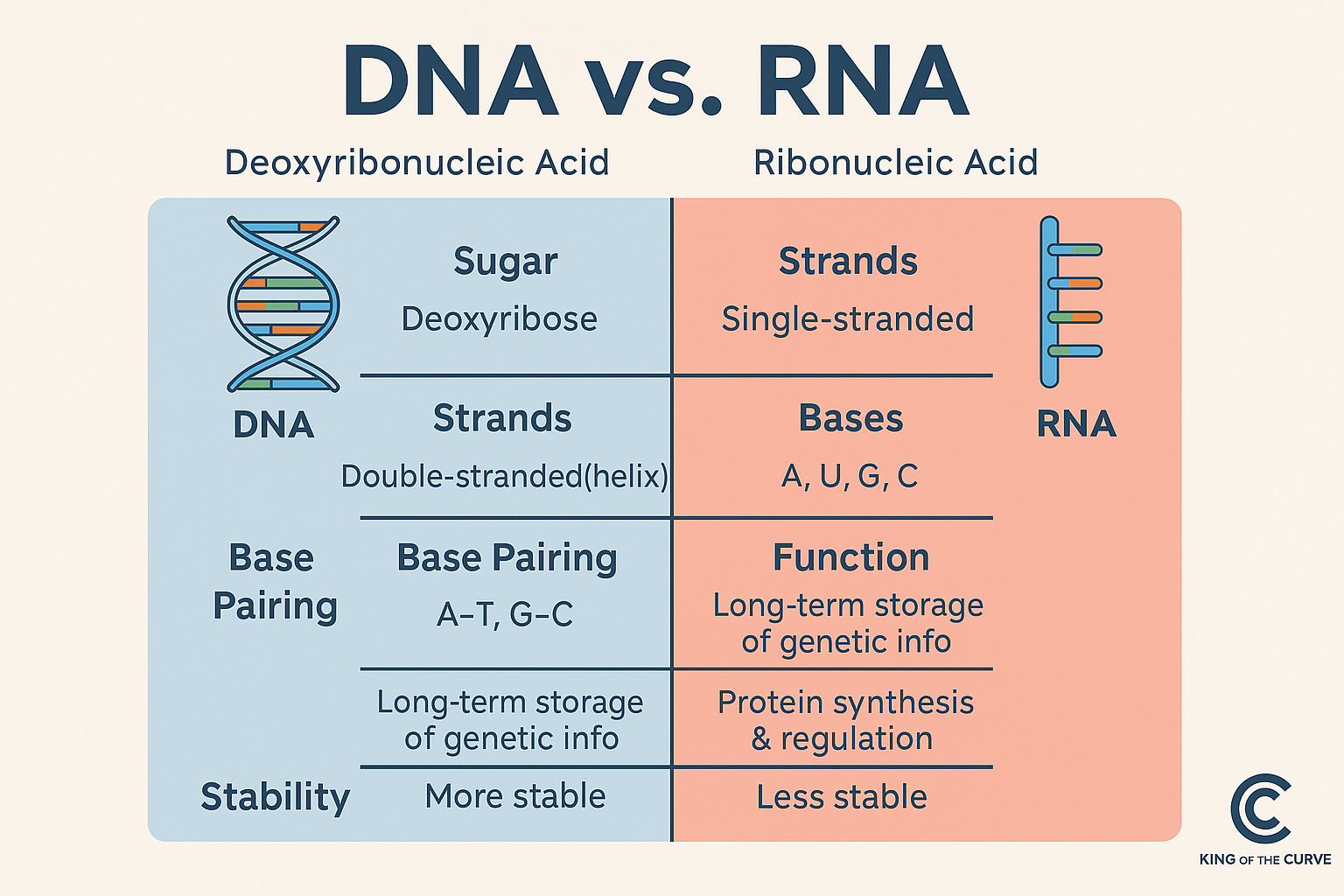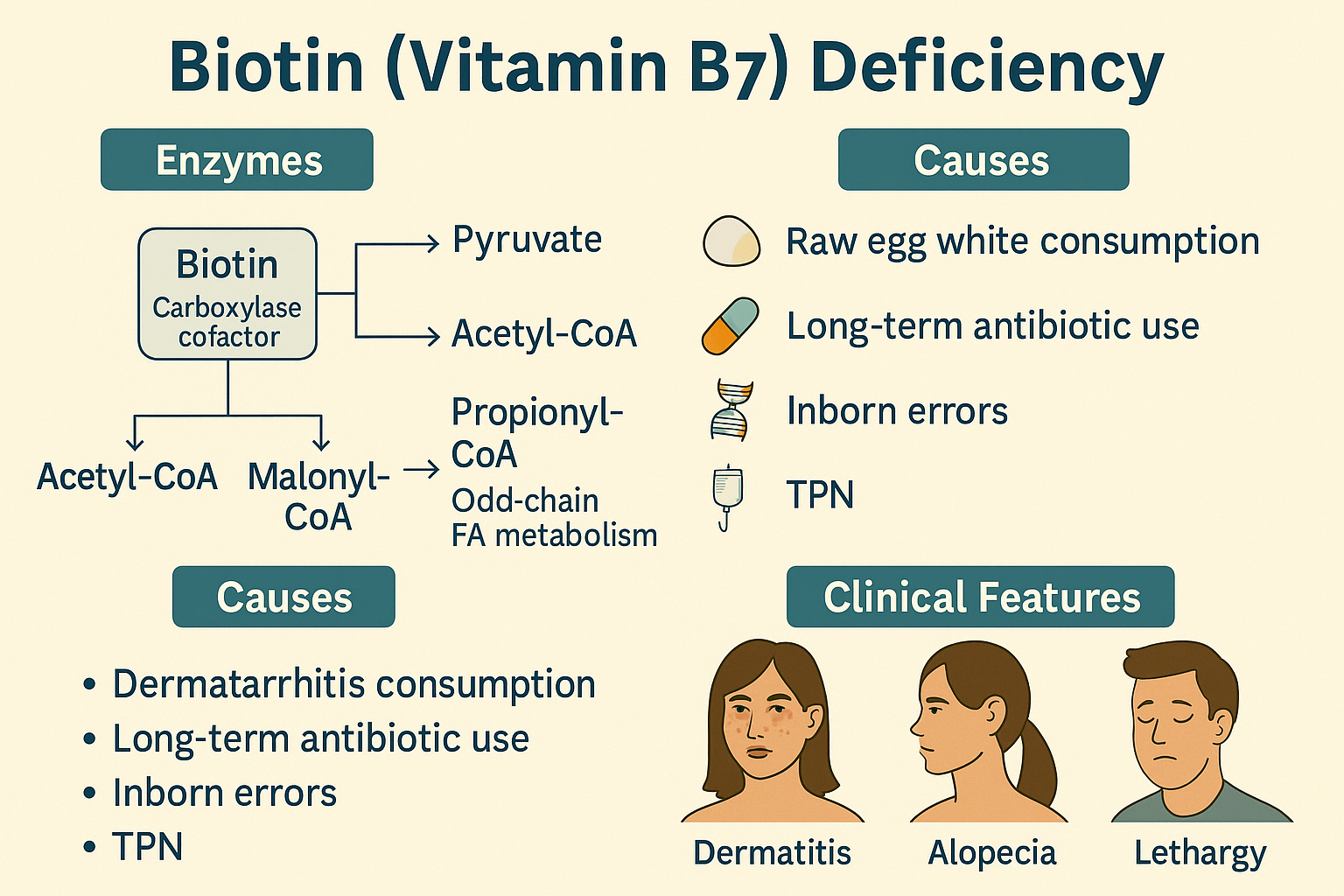
🧬 DNA vs. RNA — Key Differences You Must Know
Learn the structural and functional differences between DNA and RNA for the DAT. Compare nitrogenous bases, sugar types, strand number, and roles in biology.

🌿 DAT Photosynthesis Made Simple: Light Reactions and Calvin Cycle Explained
Learn how photosynthesis works for the DAT. Understand light-dependent reactions, the Calvin cycle, and how chloroplasts produce glucose and oxygen.

🔁 DAT Cell Cycle & Mitosis: Phases, Function, and Regulation
Master the cell cycle for the DAT. Learn about interphase, mitosis stages, checkpoints, and cell division with test-ready diagrams and memory tips.

🧬 DAT DNA vs. RNA: Structure, Function, and Key Differences for the Exam
Understand the differences between DNA and RNA for the DAT. Learn about their structure, nitrogenous bases, functions, and test-ready comparisons.

🧬 DAT Proteins and Enzymes: Structure, Levels, and Biological Roles
Master protein structure and enzyme function for DAT Biology. Learn about amino acids, protein folding, enzyme activity, and DAT test tips.

🧈 DAT Lipids Explained: Triglycerides, Phospholipids, and Steroids
Master lipids for DAT Biology. Learn about triglycerides, phospholipids, and steroids with diagrams, key functions, and DAT-style tips.

🍞 DAT Carbohydrates: Monosaccharides, Disaccharides & Polysaccharides Explained
Master carbohydrates for DAT Biology. Learn the differences between monosaccharides, disaccharides, and polysaccharides, plus structures and functions.

🧪 Buffers & Henderson-Hasselbalch
Learn how buffers maintain pH and master the Henderson-Hasselbalch equation for DAT success. Includes visuals, formula breakdowns, and test tips.

🧪 Enzymes and Activation Energy
Learn how enzymes lower activation energy and speed up reactions—an essential DAT biology concept. Includes visuals, test tips, and KOTC resources.

🔋 The Sodium-Potassium Pump – Active Transport & Resting Potential
Learn how the Na⁺/K⁺ pump works for the DAT—understand its role in active transport, neuron signaling, and maintaining resting potential.

🧪 Lysosomes – Function, Enzymes & Clinical Relevance
Learn everything about lysosomes for the DAT—how they break down waste, what enzymes they contain, and what happens when they malfunction.

📡 Signal Transduction – Receptors, Cascades & Second Messengers
Master signal transduction for the DAT—understand membrane receptors, second messengers, and cascade amplification with visuals and DAT-style tips.

🧬 Mutations – Point, Frameshift & Their Effects on Protein Synthesis
Learn the types of mutations tested on the DAT including point mutations, frameshifts, and their effects on protein structure. Includes visuals and mnemonics.

💧 Osmosis – Tonicity, Water Movement & Cell Volume Changes
Master osmosis for the DAT. Learn how water moves across membranes, how tonicity affects cells, and DAT-style examples to test your understanding.

🧬 Enzymes – Structure, Function, and Kinetics You Must Know
Learn everything about enzymes for the DAT—structure, function, enzyme kinetics, and types of inhibition—with visuals, charts, and quick tips.

🧬 DNA Replication – Enzymes, 5′→3′ Direction & Strand Differences
Understand DNA replication for the DAT—key enzymes, strand directionality, and replication fork strategy, all explained visually with test tips.

🔄 The Cell Cycle – Interphase, Mitosis & Control Checkpoints
Learn the stages of the cell cycle for the DAT. This guide covers interphase, mitosis, checkpoints, and DAT-style questions with visuals and mnemonics.

🔄 Hormones – Endocrine System Essentials You Must Know
Learn the most tested hormones for the DAT. This blog breaks down glands, hormone types, feedback loops, and DAT-style examples with KOTC visuals.

⚡ ATP & Cellular Energy – How Cells Power Life on the DAT
Learn everything about ATP and cellular energy for the DAT. Understand structure, hydrolysis, and metabolism with visuals, tables, and DAT-style examples.

🚪 Membrane Transport – Passive, Active & Facilitated Diffusion Explained
Learn the differences between passive, active, and facilitated transport on the DAT. This visual breakdown includes osmosis, pumps, and DAT-style examples.
